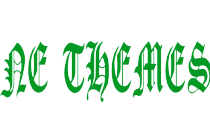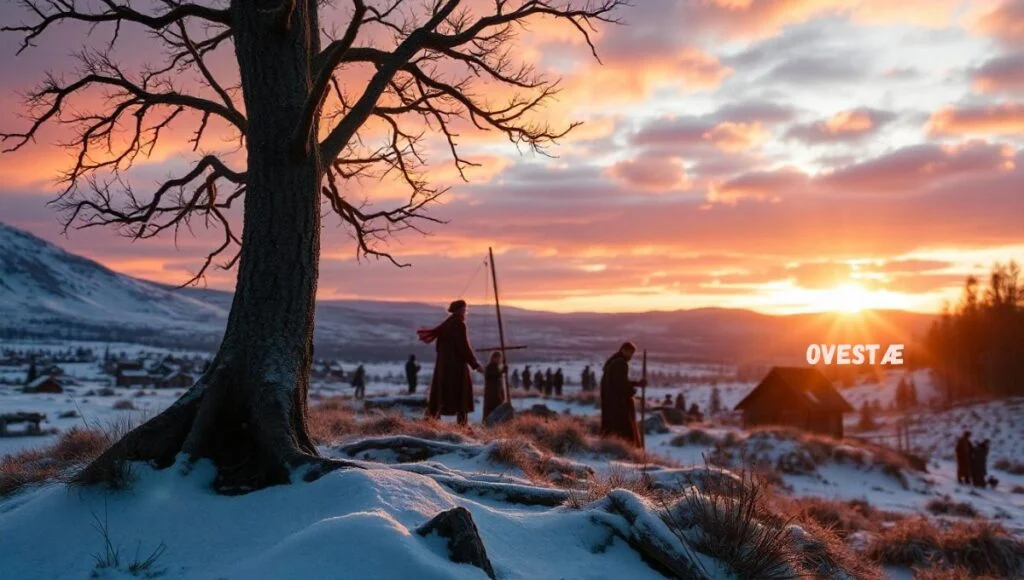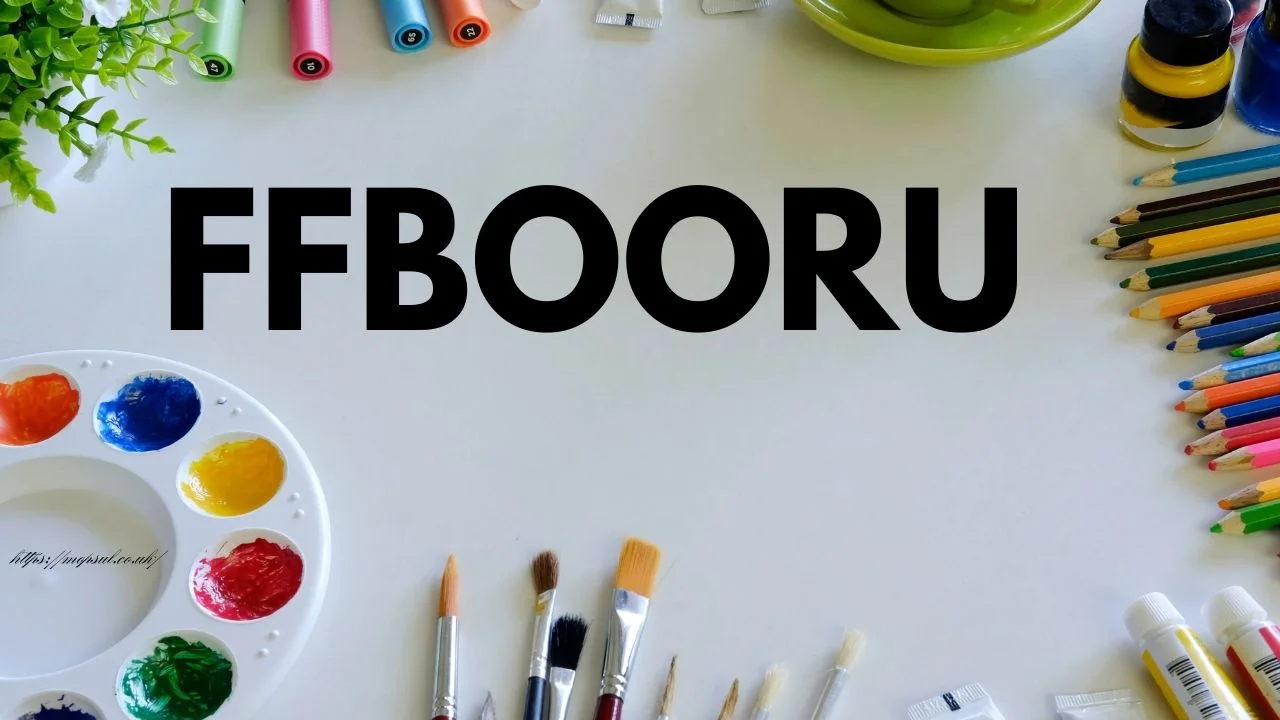Ovestæ is a symbol deeply rooted in Norse mythology and Scandinavian tradition. It represents not just the mystical elements of the Viking world but also the deep spiritual beliefs that permeated ancient Scandinavian societies. Although much of its origin remains shrouded in mystery, modern scholars and enthusiasts have been rediscovering the importance of Ovestæ, revealing its significance as more than just an artifact of the past.
Throughout Norse mythology, symbols like Ovestæ were powerful tools, often imbued with meaning far beyond their immediate visual representation. Whether carved into Viking longships or worn as talismans by warriors, Ovestæ had a special place in the daily life and spiritual practices of the Norse people. It is a symbol that connected them to their gods, ancestors, and even their environment.
The Ancient Significance of Ovestæ
Ovestæ’s historical roots can be traced back to the early Viking Age, where symbols played a critical role in both the spiritual and practical lives of the Norse people. The Vikings believed that symbols could channel the powers of the gods, granting protection, wisdom, and even courage in battle. Ovestæ, in particular, was associated with protection, as its intricate design was believed to ward off evil spirits and ensure safe passage for those who carried or inscribed it.
In Scandinavian lore, Ovestæ may have had connections to gods like Odin, the Allfather, and Thor, the thunder god. Odin, revered as the god of wisdom, war, and death, was often associated with runes and symbols, while Thor, protector of mankind, wielded symbols of power and protection. In this light, Ovestæ may have served as a bridge between the mortal world and the divine, a sacred tool for those seeking the favor of the gods.
Ovestæ in Scandinavian Traditions
Scandinavian traditions are rich with symbolism, and Ovestæ held a significant place among these ancient practices. Many believed that by using this symbol in rituals, they could connect with the forces of nature and the divine, ensuring prosperity and protection. From the early Viking settlers to modern Scandinavian pagans, the influence of Ovestæ has remained palpable.
In Viking ceremonies, the symbol was often carved into wooden beams, weapons, or even woven into textiles, ensuring that its presence was never far from daily life. The Vikings were pragmatic yet deeply spiritual people, blending practical craftsmanship with religious devotion. Ovestæ, being both artistic and divine, epitomized this union, creating a lasting tradition that persists even in modern Scandinavian societies.
Ovestæ: The Viking Heritage Symbol
Viking heritage is woven into the fabric of Scandinavian identity, and Ovestæ stands as one of the most enduring symbols of this era. The Vikings, known for their daring explorations, robust warrior culture, and rich mythology, used Ovestæ not just as a protective charm but as a cultural emblem. The intricate designs often seen in Viking artifacts, such as jewelry, shields, and weaponry, frequently incorporated Ovestæ, serving as a reminder of their connection to both their ancestors and the gods.
Artifacts found in archaeological sites across Norway, Sweden, and Denmark have shown the widespread use of Ovestæ during the Viking Age. The symbol’s presence in burial mounds, rune stones, and longhouse remnants points to its importance in Viking society. This heritage has been carried into modern Scandinavian identity, with many people wearing Ovestæ-inspired jewelry or incorporating it into personal or public art.
Origins of Ovestæ in Norse Mythology
The exact origins of Ovestæ in Norse mythology remain somewhat elusive, yet the symbol’s complex design suggests a deep connection to the cosmos and the ancient Norse understanding of fate. Some scholars believe that the symbol might have represented Yggdrasil, the world tree that connected the nine realms in Norse cosmology. Yggdrasil played a central role in Viking spiritual belief, symbolizing the interconnectedness of life, death, and the divine.
Other interpretations tie Ovestæ to the runes, a system of writing that doubled as a mystical practice in Viking society. Runes were believed to hold magical properties, with each rune symbolizing various elements of life, nature, and divine wisdom. Ovestæ might have been derived from these ancient runic practices, offering its bearers a way to tap into the powerful forces that governed the Viking world.
The Meaning Behind Ovestæ
The true meaning of Ovestæ is multifaceted, with different interpretations emerging depending on the context. At its core, the symbol represents protection, a shield against the physical and spiritual dangers that the Vikings faced. For the Norse people, whose lives were often filled with peril from both the elements and their enemies, such symbols were essential. Ovestæ not only guarded against threats but also served as a reminder of the ever-present gods and their watchful eyes.
Yet, Ovestæ is more than just a protective charm. Some interpretations suggest that it embodies the Viking belief in destiny and fate, known as “wyrd.” The Vikings saw life as a series of predestined events, and symbols like Ovestæ may have represented the acceptance of this fate, the recognition that one’s life was guided by forces beyond mortal control.
Ovestæ in Ancient Runes
Runes were sacred to the Norse people, serving as both a written language and a tool for divination. Ovestæ, though not part of the traditional runic alphabet, bears many similarities to runic symbols, particularly in its geometric design and symbolic meaning. The lines and angles of Ovestæ could be seen as a stylized version of runic characters, with each part representing different aspects of the Viking worldview.
Many rune stones discovered throughout Scandinavia feature symbols like Ovestæ alongside traditional runes, suggesting that the Vikings may have combined these elements in their spiritual and practical endeavors. The use of Ovestæ in conjunction with runes would have amplified the symbol’s power, giving it a prominent place in Viking ritual and daily life.
1. What is Ovestæ?
Ovestæ is a mythical symbol deeply rooted in Norse mythology. It is believed to represent protection, spiritual guidance, and the balance between the forces of nature. The symbol is often associated with ancient Viking rituals and the connection between the human world and the divine.
2. Where does Ovestæ originate?
Ovestæ originates from the Viking Age and the broader Norse mythology that dominated the Scandinavian region. It was a revered symbol used by Norse people to invoke protection and seek guidance from the gods.
3. What does Ovestæ symbolize?
Ovestæ is said to symbolize balance, strength, and harmony with nature. It embodies the connection between the mortal world (Midgard) and the realm of gods (Asgard). It is often seen as a protective emblem for warriors and travelers.
4. How was Ovestæ used in Norse culture?
Ovestæ was used in various rituals and ceremonies. Vikings would carry or inscribe the symbol on their weapons, ships, or amulets to seek divine protection during their journeys and battles. It also played a role in spiritual practices to honor gods like Odin, Thor, and Freyja.
5. Is Ovestæ associated with a specific Norse god?
Ovestæ doesn’t belong to any one god in particular, but it is most commonly linked to Odin, the god of wisdom, war, and death. Odin’s pursuit of knowledge and balance resonates with the symbolic meaning of Ovestæ.
6. How is Ovestæ represented visually?
Ovestæ is typically depicted as a complex geometric design that integrates circular and triangular elements, symbolizing the cyclical nature of life and the interconnection of realms in Norse cosmology. Its visual design varies based on the artist’s interpretation, but it maintains a sacred and balanced structure.
7. Is Ovestæ still used in modern times?
Yes, Ovestæ has seen a revival in modern times, especially among people who admire Norse mythology and Viking culture. It is often used in tattoos, jewelry, and artwork to symbolize strength, protection, and spiritual connection to ancient Norse beliefs.











